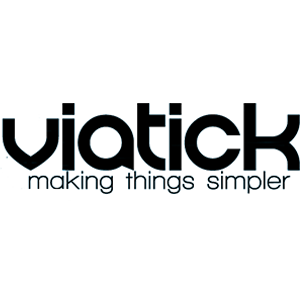
Challenges of automating IoT work in B2B industries
The internet of things, or IoT, is a system of interconnected computational devices and digital machines that can share data over a network without requiring human-to-human or human-to-computer interaction.
We have witnessed a widespread introduction of such technologies across various industries over the last few years. Everything, from compact smart home devices like Amazon’s Alexa to Bosch’s large-scale smart irrigation systems, has helped increase the efficiency of particular tasks and made our work/lives simpler, overall.
The rate at which digital transformation continues to foster has increased year-on-year with the emergence of new technologies. But the initial attention was always on B2C markets; technology that makes our home lives easier. Gradually, more sophisticated IoT systems came into place that massively increased operational efficiency and turnaround times, while decreasing costs, in B2B markets like factories, waste management facilities, and hospitals.
But the introduction of new technologies is closely followed by the surfacing of bigger problems to solve. In the case of scaling IoT integrations in B2B, there lies the arduous task of seamlessly integrating and automating the technology being used in smart projects. To elaborate, there are three main challenges that businesses face when trying to automate their IoT workforce:
Lack of a universal interface
There are multiple enterprises working on various kinds of IoT devices across the world, and it’s possible that a particular business requires different products from different brands to upgrade their operations.
Now, the problem arises when all these products have to work together but aren’t able to smoothly integrate with each other. This can result in an increase in machine downtime and cause unnecessary interruptions in the workflow, which is counterproductive to the entire concept of digitising the workspace.
This problem calls for a universal solution that promotes brand inclusivity and ease of work – much like the USB-C charging port in the B2C space. With a universal interface, businesses will be able to pick and choose the best products from different brands without having to worry about integration issues.
Increased resource expenditure
Without the availability of a universal interface, the expenses of managing and maintaining different machines can also increase.
There are services available that help you integrate machines from different manufacturers, but they tend to be temporary solutions and require constant observation to make sure everything is running smoothly. In this case, the business would have to employ someone to oversee the results of the data collected by the machine, defeating the purpose of no human-to-computer interaction.
Nothing is hardware agnostic
Currently, there are little-to-no computing components that can work with various systems without requiring particular adaptations.
This means that entire industries are dependent on the production of specific machinery in order to function and grow steadily. As we saw during the COVID pandemic, the global supply chain was disrupted, resulting in a shortage of chips which brought the automobile industry, among others, to a standstill.
While the digital transformation of our workforce is cause for celebration, it is also an opportunity to further innovate and solve the next generation of problems that are sure to arise. We are all aware of how change is the only constant, but it is our responsibility to pave a polished path for that change to arrive in style.


